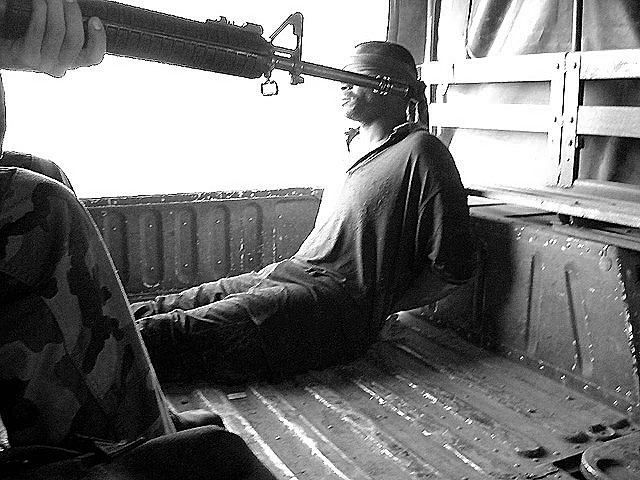How much do you know about Guantanamo?
 Most people have heard of the famous Harold & Kumar Escape from Guantanamo Bay movie. But how many people are aware of exactly what Guantanamo Bay is?
Most people have heard of the famous Harold & Kumar Escape from Guantanamo Bay movie. But how many people are aware of exactly what Guantanamo Bay is?
Guantanamo Bay is located in Guantanamo province at the southeastern end of Cuba; the bay is also the home of the United States’ famous Guantanamo Bay Detention Camp. The U.S. assumed control over the territory under the 1903 Cuban-American Treaty, which proclaimed that the United States has complete jurisdiction and control over this territory, while Cuba retains ultimate sovereignty.
However, since the September 11 attacks, Guantanamo Bay has become home to the U.S. detainment and interrogation facility. The facility was established in 2002 by the Bush administration in order to hold persons determined to be in connection with opponents in the Global War on Terror, and those who pose a threat to U.S. national security. Ever since the facility was established by the U.S. military, numerous complaints have surfaced about the atrocities and ill treatment of inmates.
Recently the reports have emerged that majority of the prisoners are on a hunger strike. According to Amy Goodman, spokesperson for DemocracyNow, “one hundred and sixty-six remain locked up, although more than half of them have been cleared by the Obama administration for release.”
Was it not President Obama who boldly promised and signed an executive order on Jan. 22, 2009 that would suspend the proceedings of the Guantanamo military commission and shut down the detention facility within the year? The president is currently in his second term, and no talks have occured about the promise he made.
Recent reports from attorneys provide vivid accounts of the horrors that take place at Guantanamo from their clients. According to Al-Bihani, who is represented by Pardiss Kebriaei, “there is a large-scale hunger strike in camp 6, which is the largest of the facilities at Guantanamo.”
Pardiss also reveals that his client on numerous occasions was told, “His life was in danger.”
It sincerely bothers me how prisoners of Guantanamo Bay can be treated in such ways and overlooked because they are seen as “threats of national security,” yet only a handful of them have ever been convicted.
Our government finds it lawful that these treacherous acts be covered up. Is it not the duty of the government to explain how nine prisoners have died at Guantanamo in U.S. custody due to starvation and dehydration?
In relation to my previous article arguing for more truth from the government, if the government continues to bypass such issues as Guantanamo, one begins to wonder how often we as citizens have fallen victim to their trickery.
Demanding more transperancy from one’s government is not snooping, but merely adhering to the natural right that the people possess. It should be no surprise that when secrets are unveiled, people rise up in response to the discovered lies.
There is no way to inform the public about the horrors that take place at Guantanamo. However, “when prisoners resort to hunger strikes, this means that something seriously provocative has taken place and usually has to do with religious and sexual abuse that has been taking place inside,” said Omar Deghayes, a prisoner of Guantanamo who was recently released after five years.
The Guantanamo prisoners’ hunger strike is both a sign of courage and an act of defiance that needs to be addressed by President Obama. His first executive order as president to close Guantanamo has yet to be fulfilled.
It raises questions as to what other promises have been made but never fulfilled.
